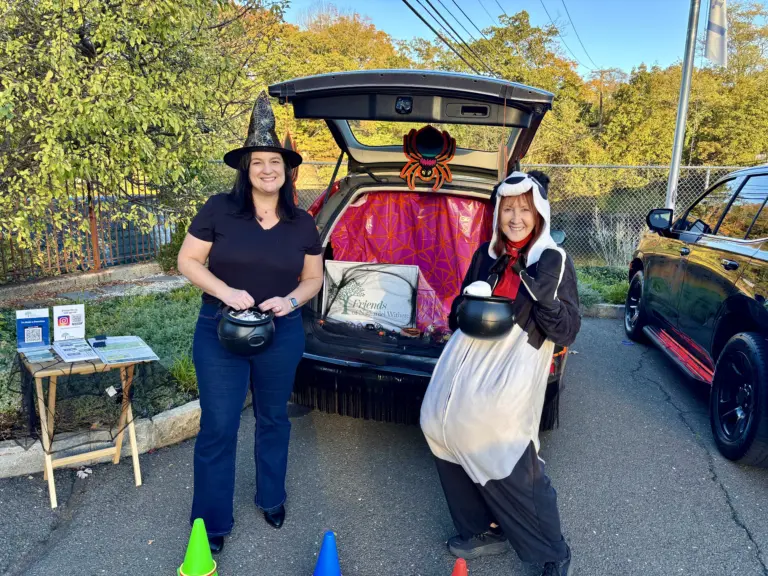It was, in Lincoln’s phrase, “a fiery trial.” On the morning of September 11, 2001, the serene cadence of Greenwich life was ruptured by the velocity of terror unleashed only a short train ride away. The Twin Towers fell, and with them thirty-two lives tethered to this town—fathers, mothers, sons, and daughters who commuted daily to lower Manhattan. The violence was global in scope, but its consequences were painfully local.
Why did the day’s impact cut Greenwich so deeply? Because this town, situated at the hem of the metropolis, is both sanctuary and satellite. Many of its residents walk to the 6:11 a.m. train, coffee in hand, bound for offices in the towers of finance and commerce. For Greenwich, September 11 was not a distant spectacle of horror broadcast on television; it was the sudden absence at kitchen tables, the empty desk in a trading firm, the unmade bed of a child’s father who would not return.
The community’s response was instinctively humane. In churches, synagogues, and civic halls, people gathered not merely for consolation but for confirmation that even the most merciless rupture could not sever bonds of belonging. The weeks that followed saw Greenwich demonstrate what Edmund Burke once called the “little platoons” of society— those local associations, voluntary and familial, that carry a nation through catastrophe.
Now, more than two decades hence, the town remembers in forms both tangible and ceremonial. At Cos Cob Park, atop its green bluff facing the Sound, stand two glass towers inscribed with names. They recall not only the lives ended but the lives once lived in our midst. They are slender and transparent— fragile, yet upright—echoes of the towers we lost and the lights that once illumined the Manhattan sky in tribute. Each September 11 at 8:46 a.m., Greenwich gathers. Names are read. A bell tolls. A flag is placed by the First Selectman. The ritual is restrained but not perfunctory; it is solemn without being sterile.
Elsewhere, remembrance takes other shapes: the steel fragment from Ground Zero at the Glenville Firehouse, a piece of the catastrophe now sanctified by context; the plaque at Great Captain Island Lighthouse, where a green beacon flashes in maritime rhythm, as if to say that memory itself can be a navigational aid. These sites are reminders that the work of mourning is never quite finished, that remembrance is less about fixing the past than about instructing the present.
Today, when anniversaries arrive with the regularity of calendar recurrence, one risks familiarity curdling into fatigue. But September 11 resists that erosion, not least because its aftershocks continue to shape policy, culture, and conscience. For Greenwich, the legacy is local as well as national: a recognition that our town is not an enclave sealed from history, but a community implicated in it.
Cicero wrote that “the life of the dead is placed in the memory of the living.” The dead of September 11 live on in Greenwich, not merely because their names are etched in glass but because their absence is a daily presence in the lives of families, friends, and colleagues. To remember them is not to indulge in melancholy but to renew our understanding of community itself: that grief shared becomes a kind of civic strength.
The measure of Greenwich on that day was not only in its loss, but in its response. The measure of Greenwich now is in how it remembers—with dignity, fidelity, and the quiet insistence that the world’s brutality will never erode a town’s decency.




